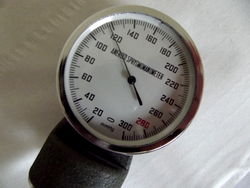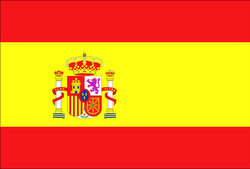
A pilot study undertaken at Guangzhou Medical University in China, suggests acupuncture may be helpful as an adjunctive treatment to bring down blood pressure in women with pre-eclampsia. Pregnant women in the study were given the choice of ten acupuncture sessions over a period of a fortnight plus usual care, or just usual care alone. Each group comprised eleven women. Patients in the acupuncture group were found to have significantly lower blood pressure at delivery and 24 hours postpartum, compared with patients in the control group.
(Effects of acupuncture on preeclampsia in Chinese women: a pilot prospective cohort study. Acupuncture in Medicine, 29 October 2015.)


